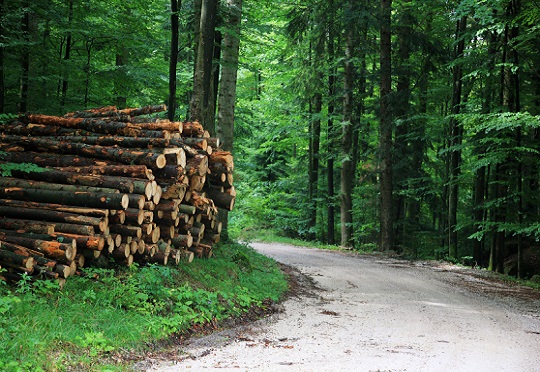The World Bank Group’s Board of Executive Directors has approved a $45 million International Development Association grant to support the second phase of the Government of Mozambique’s Conservation Areas for Biodiversity and Development Project, known as Mozbio.
The MozBio 2 Program will help improve livelihood of local communities living around Conservation Areas (CAs) and support the conservation of Mozambique’s wildlife, biodiversity, and ecosystems.
It is estimated that almost 10,0000 households (around 50,000 people) will benefit directly from the project, through increased income, jobs and strengthened capacity from value chains that depend on natural resources, such as tourism, conservation agriculture, sustainable use of wildlife and non-timber forest products.
“Sustainable resource management is key to reduce poverty and promote shared prosperity. This is why we are proud to reaffirm the commitment with MozBio 2. The program is an opportunity to strengthen Mozambique’s’ Conservations Areas and transform the livelihoods of rural communities,” said Mark Lundell, World Bank Country Director for Mozambique, Madagascar, Mauritius, Seychelles, and Comoros.
Mozbio 2 will contribute to the protection of around 1 million ha among the three different CAs. This will include unique habitats, such as the largest wetland and Ramsar site in Mozambique – the Marromeu Reserve, one of the few remaining Afromontane forests in Africa, Chimanimani, and Africa’s center of endemism, the Maputo Special Reserve.
The project will also mitigate climate change by protecting carbon-rich habitats, by addressing the causes of deforestation (such as slash and burn agriculture) and improving CA management. In total, the project will avoid emissions of 11 million tons CO2 equivalent over a period of 20 years.
“MozBio 2 focuses on improving rural communities’ livelihood as a strategy to reduce pressure on protected areas and its natural resources. It is part of the larger Integrated Landscape Management Program, and builds on its institutions and knowledge, including the matching grant scheme to promote sustainable businesses”, said André Aquino, World Bank Senior Natural Resource Management Specialist.
Mozambique’s substantial natural capital includes 36 million ha of arable land, and 32 million ha of natural forests (mainly miombo dry forests but also large mangrove areas). Its 2,700 km long coastline, the 4th longest in Africa, harbors some of the most spectacular coral reefs in the world.
Despite such rich biodiversity, poverty rates are extremely high across the population living within and around CAs and Mozambique is one of the poorest countries in the world.


